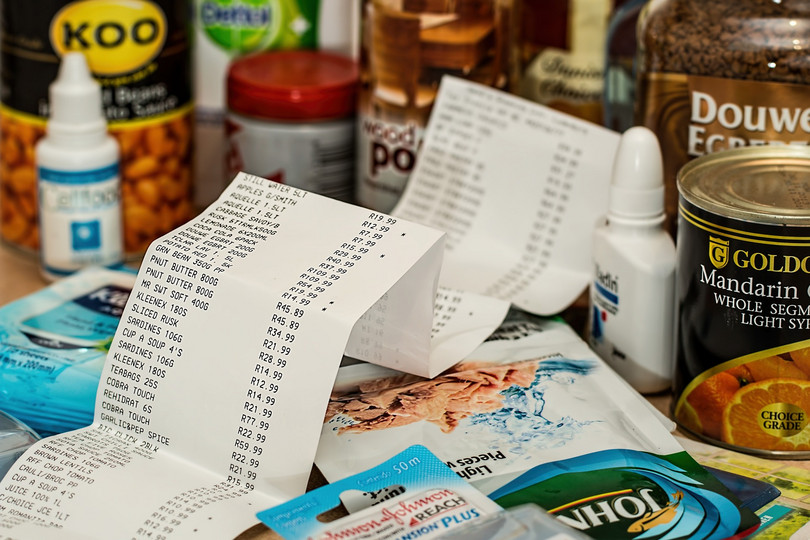Chapter 14: Decimals
14.1 Introduction

Working with money involves decimal numbers because of the way our currency works. If an item costs \(25\) rand and \(99\) cents, the price is written as a decimal number: \(\text{R}\,\text{25,99}\). If another item costs \(\text{R} \text{120,50}\) and we want to buy both items, then we need to be able to add the two decimal numbers to find the total. If we want to check the change from \(\text{R}\,200\), we will also need to know how to subtract decimal numbers.
In this chapter, you will do work with fractions written in decimal notation. When fractions are written in this notation, calculations can be done in the same way as for whole numbers or integers. It is important to keep in mind that the common fraction form, the decimal form and the percentage form are just different ways of representing the same numbers.
